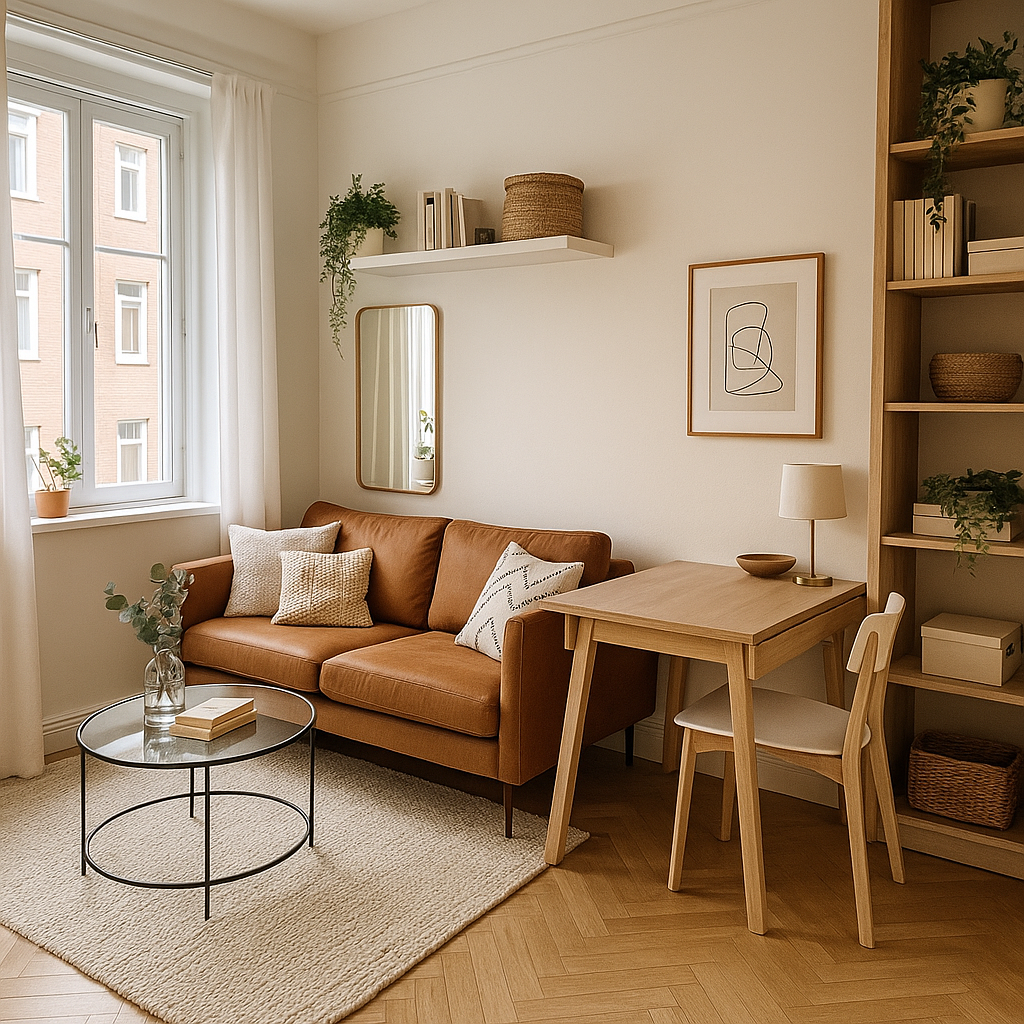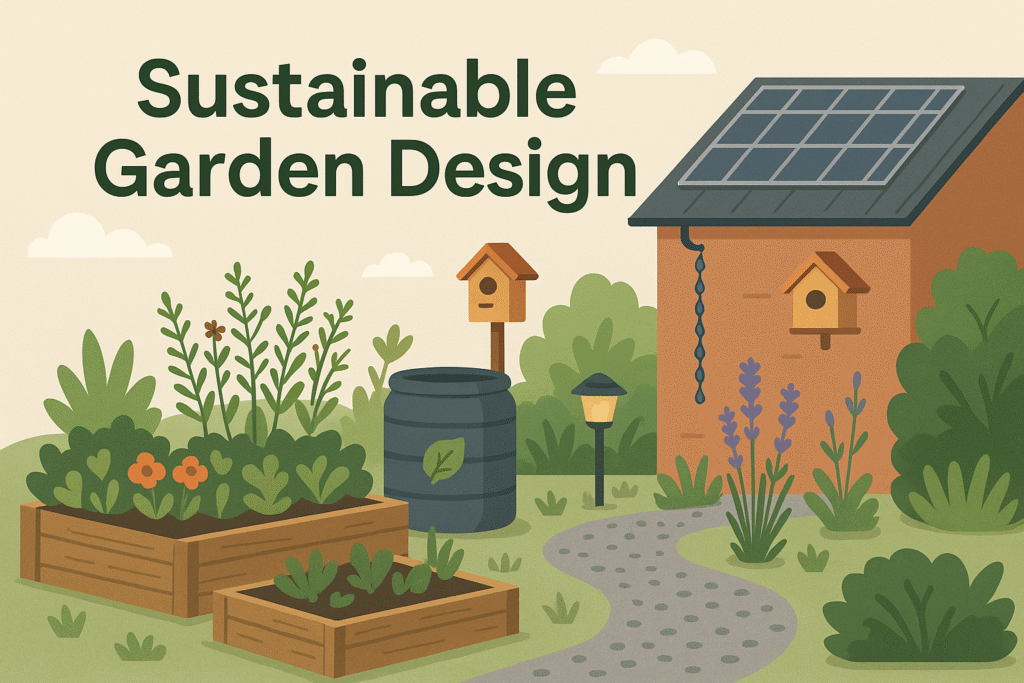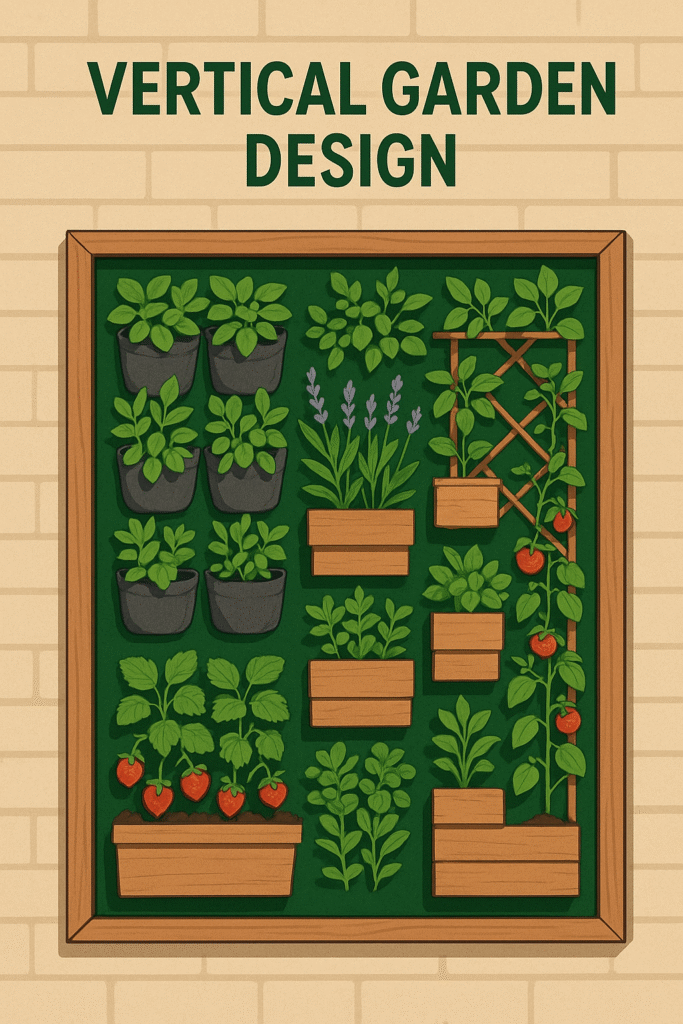🌴 Tropical Garden Design Inspiration: Lush Escapes in Your Backyard
Imagine stepping outside and feeling like you’ve just arrived in…
Imagine stepping outside and feeling like you’ve just arrived in Bali. That’s the magic of a tropical garden—lush greenery, vibrant blooms, and a sense of serenity that melts stress away. Whether you’re working with a courtyard, a suburban lawn, or a city balcony, tropical garden design can turn even the smallest space into a paradise.
🌿 What Defines a Tropical Garden?
A tropical garden mimics the natural environment of rainforests and warm-climate jungles. These gardens are known for:
- Layered plantings: tall palms, medium-sized shrubs, and low groundcovers
- Broad, dramatic foliage: think banana plants, ferns, and elephant ears
- Bright flowers: hibiscus, birds of paradise, heliconias
- Moisture and shade: often with water features or misting systems
🔬 Scientific Touch:
Tropical plants are typically mesophytes—they thrive in high humidity and consistent moisture. According to a study in Horticulture Research (2022), layered plantings not only increase biodiversity but also improve microclimates, making outdoor spaces cooler and more breathable in hot environments.
🌺 Must-Have Tropical Plants for Your Garden
To create the full tropical effect, include plants from different height categories and textures:
| Plant Type | Examples | Effect |
|---|---|---|
| Canopy Layer | Banana trees, Travelers Palm | Height & shade |
| Mid-Layer | Crotons, Ginger Lily, Ti Plants | Color & structure |
| Ground Layer | Ferns, Caladiums, Liriope | Softness & density |
| Accent Flowers | Hibiscus, Bird of Paradise, Plumeria | Tropical bloom & drama |
Tip from a home gardener:
“When I planted plumerias and added tiki torches around my patio, it started feeling like a vacation escape. The hummingbirds love it too!” — Maria D., Miami
💦 Don’t Forget Water Features
Tropical gardens often include elements that reflect their rainforest inspiration:
- Bubbling fountains
- Rock ponds with water lilies
- Mini waterfalls or wall-mounted spouts
Why it matters:
Water features help maintain humidity, support pollinators, and provide a calming acoustic effect—a key part of sensory landscaping.
🌞 Light & Shade Balance
Most tropical plants love partial sun with dappled shade. Use taller palms or pergolas with hanging vines to filter light. This mimics natural rainforest conditions where plants grow under tree canopies.
💡 Pro Tip: Install solar-powered garden lights with warm tones to highlight leaf textures and create a soft glow at night.
🎨 Add Tropical Décor Elements
A tropical garden isn’t just about plants. Think holistic, immersive design:
- Natural materials: bamboo fences, wooden loungers, lava rocks
- Textures: woven mats, stone pathways, rattan furniture
- Colors: bold greens, fiery reds, sunny yellows, and ocean blues
- Accessories: tiki torches, hammocks, driftwood sculptures
These elevate the experience from “nice garden” to “is this a luxury retreat?”
🧪 Sustainability Note
Tropical gardens may appear water-thirsty, but sustainable design is possible. Use:
- Mulching to retain soil moisture
- Rainwater harvesting systems
- Native tropical species that adapt better to local climate zones
According to environmental landscaping studies, even partial tropical designs using drought-tolerant tropical-style plants (like yucca or hardy hibiscus) can reduce water usage by up to 35% compared to traditional lawns.
😎 Final Thoughts: Bring the Tropics Home
Tropical gardens are more than a style—they’re a lifestyle. They evoke relaxation, boost biodiversity, and improve mental well-being. Whether you go full jungle or just add a corner of tropical delight, your outdoor space will become an everyday escape.
“Every morning I sip coffee under my palm tree, and I swear I can hear the ocean.”
— James K., San Diego





